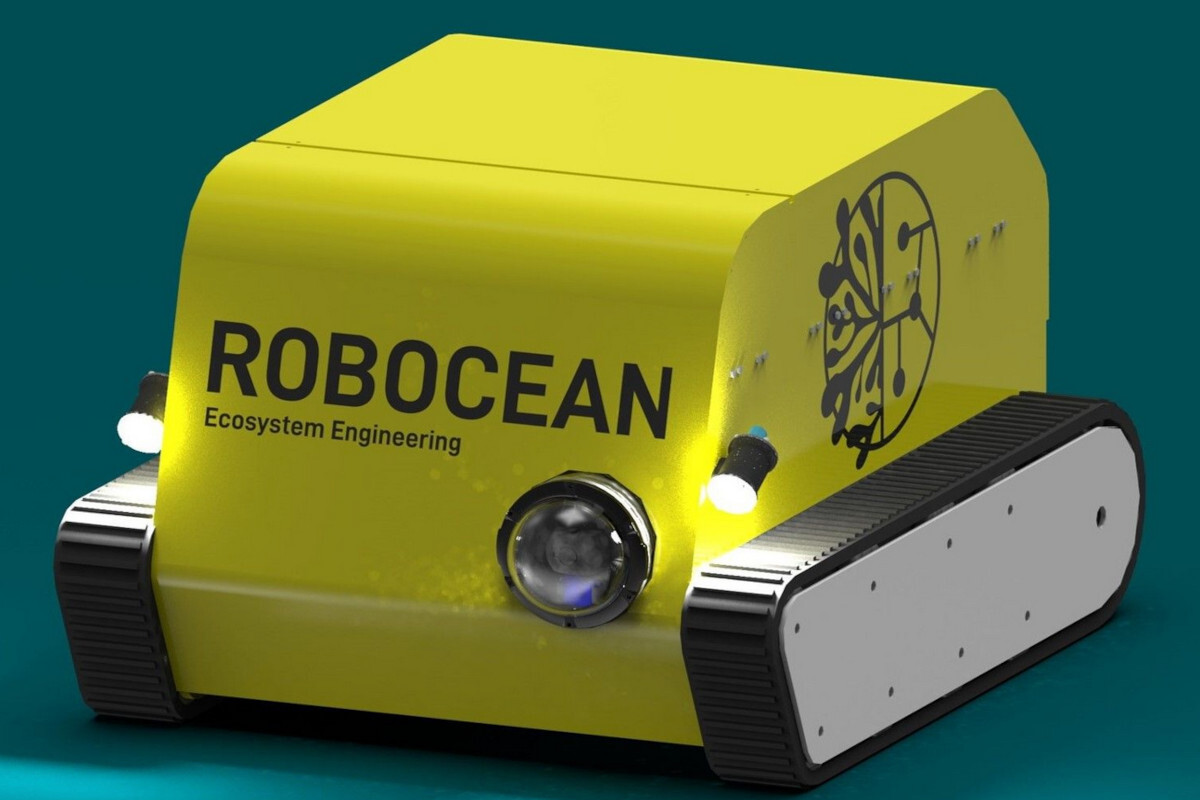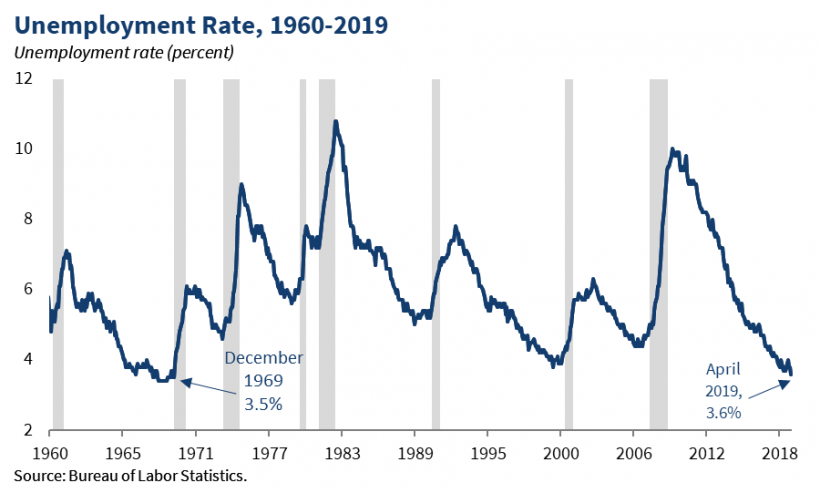Investing In Scotland's Future: Seagrass Planting And Coastal Regeneration

Table of Contents
The Ecological Importance of Seagrass in Scotland
Seagrass meadows are biodiversity hotspots, supporting a wealth of life within Scotland's coastal waters.
H3: Biodiversity Hotspot:
Scotland's seagrass beds are teeming with life. These underwater meadows act as nurseries and feeding grounds for numerous species, contributing significantly to the country's rich biodiversity.
- Fish: Cod, plaice, and many other commercially important fish species rely on seagrass for shelter and food.
- Shellfish: Seagrass provides habitat for various shellfish, including scallops and crabs, supporting both the fishing industry and healthy marine ecosystems.
- Birds: Seabirds depend on the rich invertebrate life associated with seagrass for food.
- Other Organisms: Seagrass supports a complex food web including crustaceans, worms, and other invertebrates.
Beyond supporting this incredible biodiversity, seagrass plays a critical role in carbon sequestration, absorbing CO2 from the atmosphere and mitigating climate change. This "blue carbon" sequestration is vital in the global fight against climate change.
H3: Coastal Protection:
Seagrass meadows are natural coastal defense systems, providing significant protection against erosion and storm damage.
- Wave Energy Reduction: The dense structure of seagrass beds dissipates wave energy, reducing the impact on coastlines and protecting valuable infrastructure.
- Sediment Stabilization: Seagrass roots bind sediments, preventing erosion and stabilizing the seabed. This strengthens the coastline and protects against the impacts of storms and rising sea levels.
Studies have shown that the economic benefits of reduced coastal erosion through seagrass restoration are substantial, saving millions of pounds in infrastructure repairs and preventing damage to coastal properties. Investing in seagrass protection is effectively investing in the long-term resilience of Scotland's coastlines.
Seagrass Planting Projects in Scotland: Current Initiatives and Challenges
Several exciting projects are underway across Scotland, demonstrating the growing commitment to seagrass restoration.
H3: Existing Restoration Programs:
Numerous organizations are actively involved in seagrass planting initiatives.
- Government Agencies: Scottish Natural Heritage (now NatureScot) and Marine Scotland are actively supporting research and restoration projects.
- Charities: Organizations like The Ocean Conservation Trust and various local environmental groups are engaged in practical seagrass planting and monitoring efforts.
- Universities: Scottish universities are contributing crucial research on seagrass ecology and restoration techniques, providing the scientific basis for effective projects.
Significant projects are underway in various locations across Scotland, from the relatively shallow waters of the Firth of Forth to the more exposed western coast. However, the scale of these projects currently remains limited by available resources.
H3: Challenges and Obstacles:
Despite the significant potential, several challenges hamper seagrass restoration efforts.
- Funding Limitations: Securing sufficient funding is a major hurdle, limiting the scope and reach of restoration projects.
- Suitable Site Selection: Identifying appropriate sites with suitable sediment conditions and minimal pollution is crucial for successful seagrass planting.
- Monitoring Techniques: Developing robust monitoring techniques to track the success of restoration efforts and inform future projects is essential. The long-term survival of planted seagrass requires careful monitoring and adaptive management.
- Threats: Pollution from agriculture and industry, as well as the effects of climate change (rising sea temperatures and ocean acidification), pose significant ongoing threats to seagrass meadows.
Investment Opportunities in Seagrass Planting and Coastal Regeneration
The economic potential of seagrass restoration in Scotland is significant, creating attractive investment opportunities.
H3: Funding Models and Sources:
A range of funding sources can support seagrass restoration.
- Government Grants: Scottish and UK government grants are available for environmental projects, including seagrass restoration.
- Private Investment: Investors can contribute directly to restoration projects, generating both environmental and financial returns.
- Charitable Donations: Donations from individuals and foundations can support research, planting, and monitoring activities.
- Carbon Credits: The potential for generating carbon credits through seagrass restoration provides a new avenue for funding and investment.
The potential return on investment is high. The ecosystem services provided by seagrass meadows, including carbon sequestration, coastal protection, and fisheries support, represent significant economic benefits.
H3: Economic Benefits and Job Creation:
Investing in seagrass restoration creates jobs in several areas:
- Restoration Sector: Direct jobs are created in seagrass planting, monitoring, and management.
- Related Industries: The restoration efforts will also benefit related sectors, such as eco-tourism and sustainable fisheries.
The potential for economic growth is significant, with estimates suggesting millions of pounds in potential economic benefits. Furthermore, the potential to generate revenue through carbon credit markets offers a further incentive for investment in seagrass restoration projects.
Conclusion:
Seagrass planting and coastal regeneration offer a compelling solution to the challenges of coastal erosion and climate change in Scotland. The ecological, economic, and social benefits are substantial. By investing in these vital ecosystems, we can protect our coastlines, enhance biodiversity, and create economic opportunities. Investing in Scotland's future through Seagrass Planting and Coastal Regeneration – explore the opportunities today! Learn more about supporting seagrass restoration, coastal protection projects, and contributing to Scotland's blue economy by visiting [link to relevant organization 1], [link to relevant organization 2], and [link to government website].

Featured Posts
-
 U S Economy Adds 177 000 Jobs In April Unemployment At 4 2
May 04, 2025
U S Economy Adds 177 000 Jobs In April Unemployment At 4 2
May 04, 2025 -
 Ambleside Couple Arrested 300 Hayes Garden World Theft
May 04, 2025
Ambleside Couple Arrested 300 Hayes Garden World Theft
May 04, 2025 -
 Murder Charge Filed Against Stepfather Alleged Torture And Starvation Of 16 Year Old Stepson
May 04, 2025
Murder Charge Filed Against Stepfather Alleged Torture And Starvation Of 16 Year Old Stepson
May 04, 2025 -
 Blake Lively And Anna Kendrick Team Up For Another Simple Favor
May 04, 2025
Blake Lively And Anna Kendrick Team Up For Another Simple Favor
May 04, 2025 -
 Unlocking Canadas Potential Gary Mars Call To Action For Western Economic Growth
May 04, 2025
Unlocking Canadas Potential Gary Mars Call To Action For Western Economic Growth
May 04, 2025
